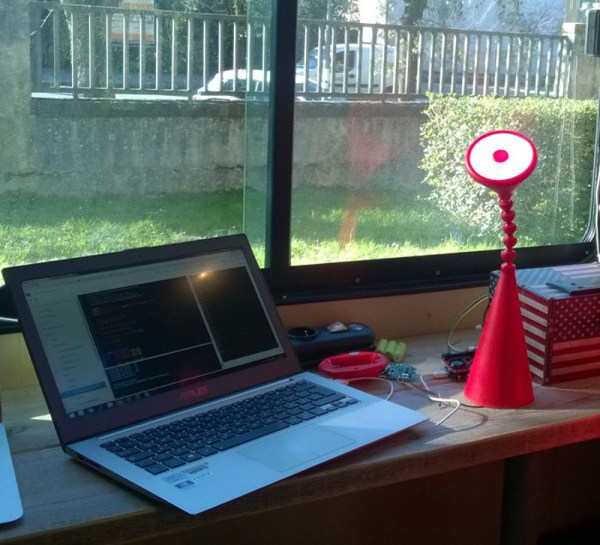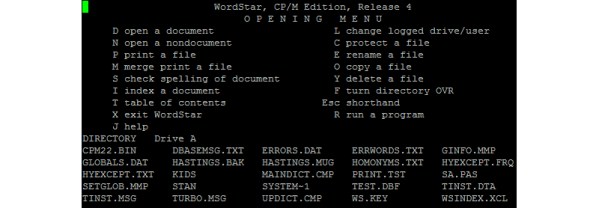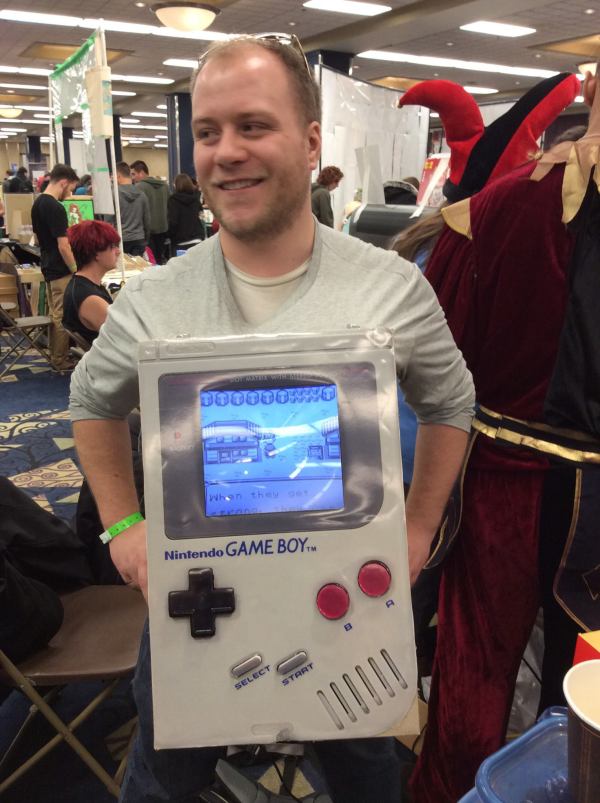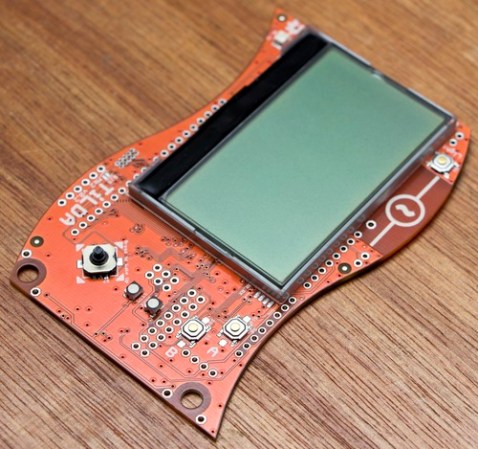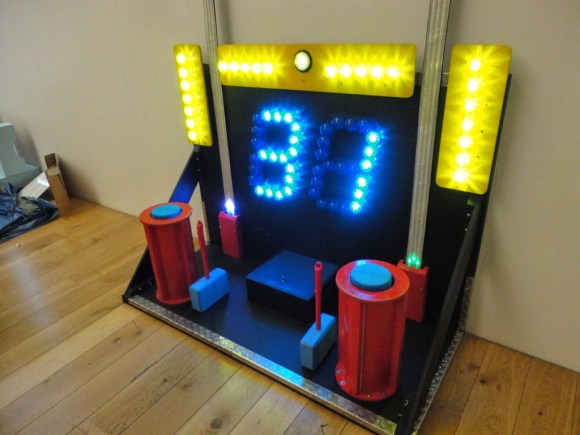If this Internet of Things thing is gonna leave the launchpad, it will need the help of practical and semi-practical project ideas for smartifying everyday items. Part of getting those projects off the ground is overcoming the language barrier between humans that want to easily prototype complex ideas and hardware that wants specific instructions. A company called Things on Internet [TOI] has created a system called VIPER to easily program any Spark Core, UDOO or Arduino Due with Python by creating a virtual machine on the board.
The suite includes a shield, an IDE, and the app. By modifying a simple goose neck IKEA lamp, [TOI] demonstrates VIPER (Viper Is Python Embedded in Realtime). They opened the lamp and added an 24-LED Adafruit NeoPixel ring, which can be controlled remotely by smartphone using the VIPER app. To demonstrate the capacitive sensing capabilities of the VIPER shield, they lined the head of the lamp with foil. This code example will change the NeoPixels to a random color each time the button is pressed in the app.
Check out the lamp demonstration after the break and stay for the RC car.

